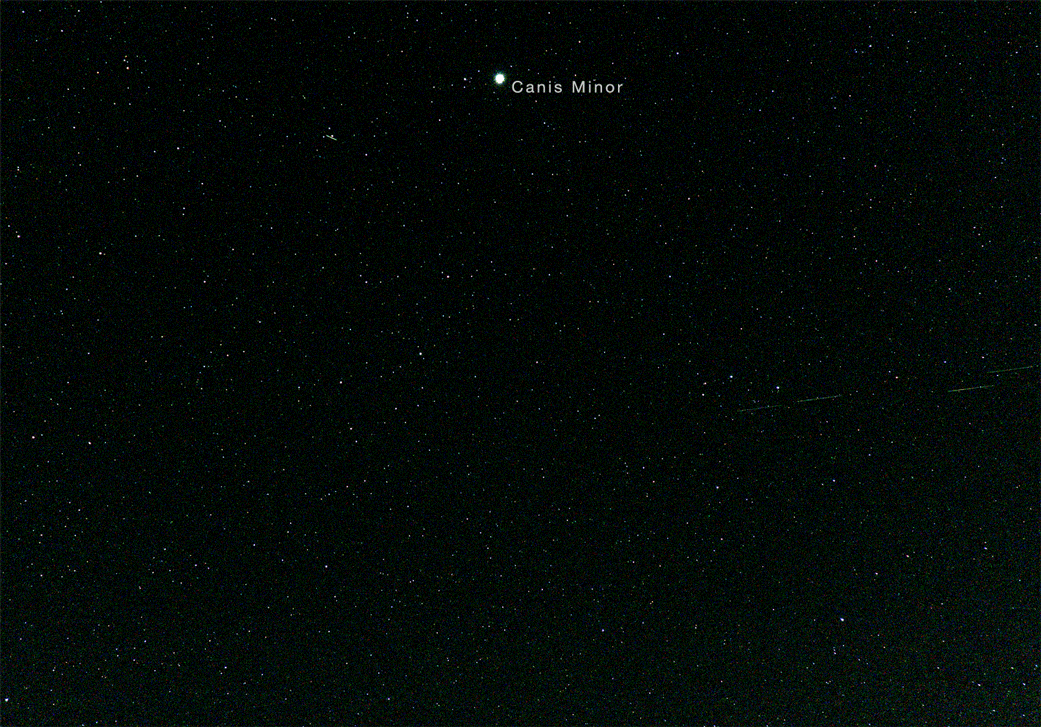Looking like artificial shooting stars, the four Magnetospheric Multiscale, or MMS, spacecraft appear as greenish streaks in this series of photos taken with a DSLR camera from Japan on Nov. 30, 2015, at 2:11 p.m. EST (Dec. 1, 2015, at 4:11 a.m. local time). The spacecraft appear lit up to our eyes, because they reflect sunlight coming in from over the horizon.
The slightly staggered spacing of the four spacecraft reflects their stretched-out pyramid-shaped flying formation, which allows them to create three-dimensional maps of the particles and magnetic fields in near-Earth space — key information for understanding the dynamic magnetic system around our planet and an explosive process called magnetic reconnection, which can send particles hurtling through space at dramatic speeds.
The four spacecraft were flying at distances of six to 60 miles apart as they streaked over Sagamihara, Japan, near Tokyo on Earth’s night side. Over the day side, their formation compressed into a three-sided pyramid shape with a mere six miles between each of the spacecraft — the tightest multi-spacecraft formation ever flown in orbit.
The bright spot near the top of the image is the brighter star of the constellation Canis Minor. Two pieces of space junk are also visible — in the upper left of the frame, an Atlas 1 Centaur rocket body can be seen as it shoots across the sky. Near the bottom of the frame, an Ariane 5 upper stage moves more slowly from right to left.
Captured by space scientist Naritoshi Kitamura from JAXA’s Institute of Space and Astronautical Science, the 10 two-second exposures were taken with a Canon EOS 6D with sensitivity ISO-25600, F5.6 aperture, and 300 mm focal length.
Related Link



























